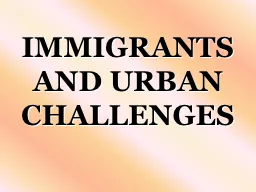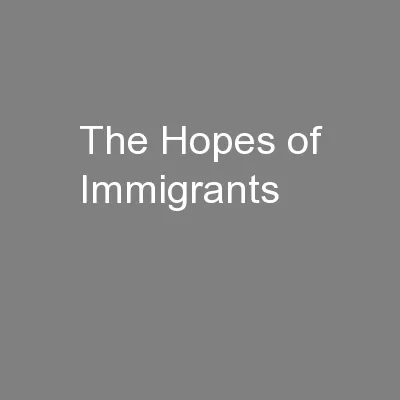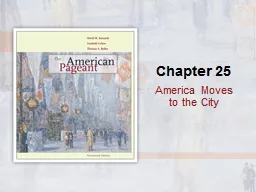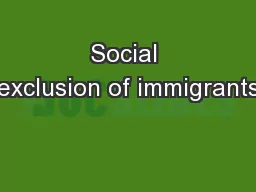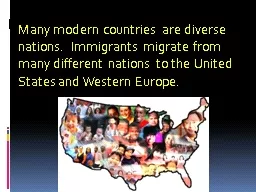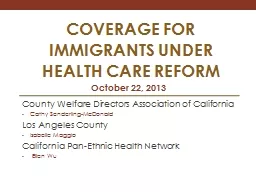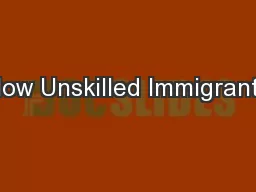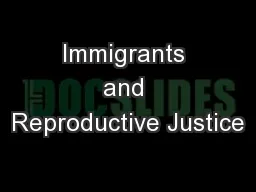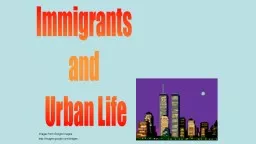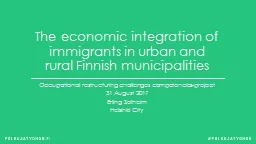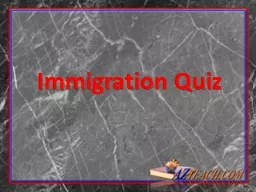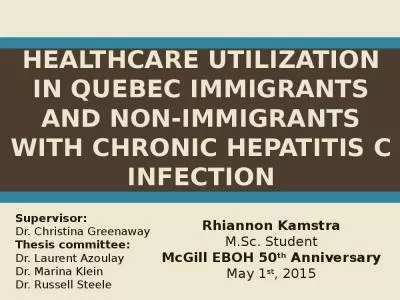PPT-IMMIGRANTS AND URBAN CHALLENGES
Author : stefany-barnette | Published Date : 2017-06-13
I IMMIGRANTS AND URBAN CHALLENGES Mid1800s L arge numbers of immigrants crossed the Atlantic ocean T o begin new lives in America Between 1840 1860 in the U
Presentation Embed Code
Download Presentation
Download Presentation The PPT/PDF document "IMMIGRANTS AND URBAN CHALLENGES" is the property of its rightful owner. Permission is granted to download and print the materials on this website for personal, non-commercial use only, and to display it on your personal computer provided you do not modify the materials and that you retain all copyright notices contained in the materials. By downloading content from our website, you accept the terms of this agreement.
IMMIGRANTS AND URBAN CHALLENGES: Transcript
Download Rules Of Document
"IMMIGRANTS AND URBAN CHALLENGES"The content belongs to its owner. You may download and print it for personal use, without modification, and keep all copyright notices. By downloading, you agree to these terms.
Related Documents

